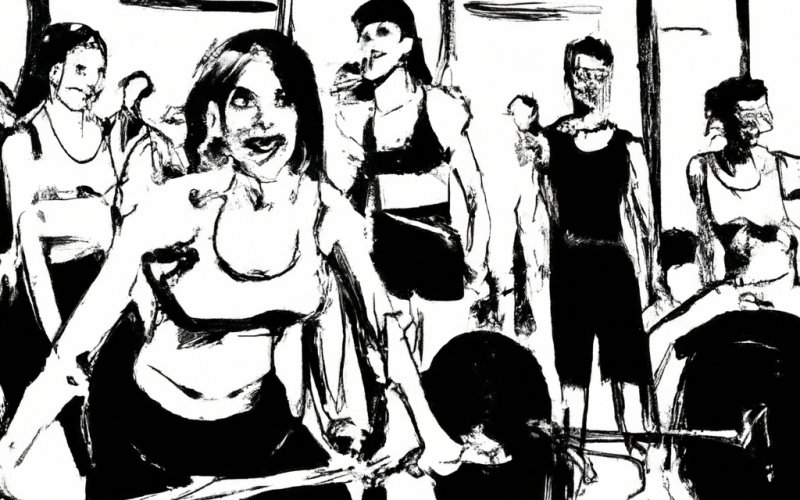Attaining a toned and rounded buttocks is a common fitness goal for many. While genetics play a role in one’s natural body shape, exercises can significantly help in sculpting and enhancing the size of the glutes. Let’s delve into the exercises that can assist in making your buttocks bigger and more defined.
The Anatomy of the Buttocks
The buttocks primarily consist of three muscles: the gluteus maximus, gluteus medius, and gluteus minimus. To effectively increase the size of your buttocks, exercises should target all three muscles.
Effective Exercises for Bigger Buttocks
1. Squats
Squats are quintessential for glute development. They target the entire lower body, especially the gluteus maximus. To intensify the exercise, consider adding weights or trying variations like sumo squats or goblet squats.
2. Lunges
Another full-leg exercise, lunges primarily focus on the gluteus maximus. Variations like reverse lunges or curtsy lunges can add more activation to different parts of the glutes.
3. Glute Bridges
Glute bridges are fantastic for isolating the buttocks muscles, particularly the gluteus maximus. For added resistance, place a weight on your pelvis or try the single-leg bridge variation.
4. Deadlifts
While deadlifts target multiple muscles in the body, they have significant emphasis on the gluteus maximus. Proper form is crucial to avoid injuries and maximize glute engagement.
5. Step-Ups
Using a bench or platform, step-ups are an excellent way to engage the gluteus medius and maximus. Holding dumbbells can increase the intensity.
6. Hip Thrusts
Similar to glute bridges, hip thrusts provide a deeper range of motion and more intense focus on the buttocks. Use a barbell for added resistance.
7. Donkey Kicks
Also known as quadruped bent-knee hip extensions, this exercise is excellent for targeting the gluteus maximus in isolation.
Training Tips for Optimal Results
- Progressive Overload: Gradually increase the resistance or weights over time to challenge the muscles and promote growth.
- Consistency: Regular training is crucial. Aim to target your glutes 2-3 times per week for noticeable results.
- Recovery: Muscles grow during rest, not during the workout. Ensure you have adequate rest days in between glute-focused workouts.
- Range of Motion: Perform exercises through a full range of motion to ensure maximum muscle activation.
- Dietary Support: Consuming a protein-rich diet can support muscle growth and recovery.
While there are many exercises to target the glutes, the ones mentioned above have proven particularly effective for many. It’s essential to remember that while exercise plays a significant role, genetics, diet, and overall body composition will also influence the appearance of your buttocks. Stay consistent, ensure proper nutrition, and consider consulting a fitness expert to achieve the best results tailored to your needs.
